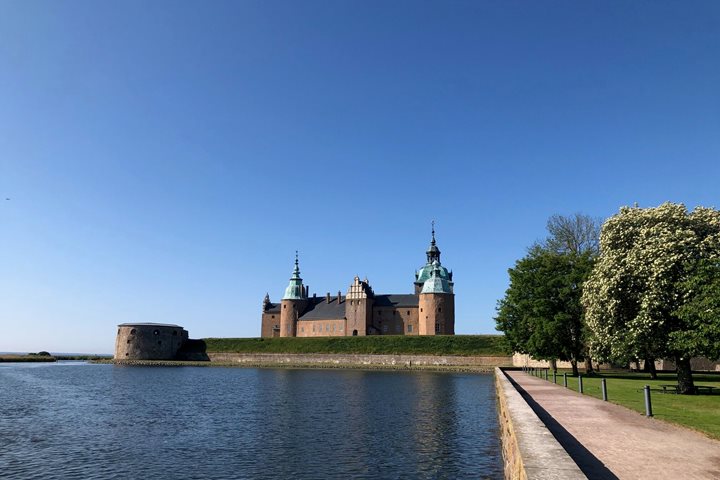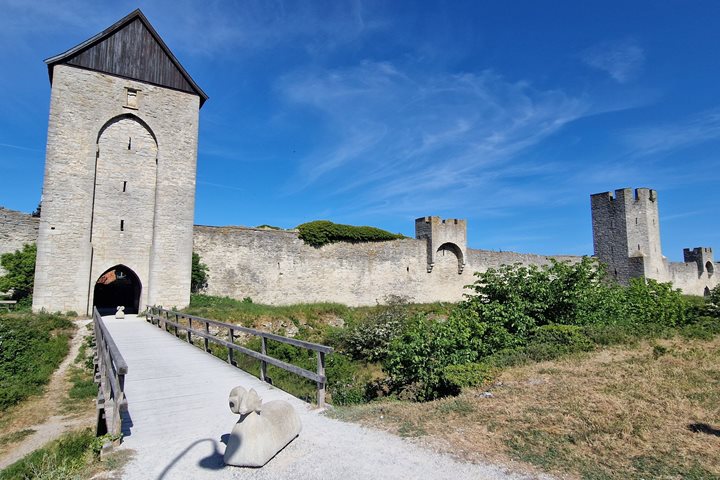The early morning light illuminated Gdańsk Bay as we made our way towards this historic city. We berthed at Westerplatte, where the opening naval salvoes of the Second World War were fired. It was natural that we started our day of exploration by learning about the significance of this peninsula, an outpost that was so resolutely defended by a small Polish detachment against overwhelming German forces for a whole seven days at the start of the war.
A short coach ride took us into Gdańsk proper and to the European Solidarity Centre, a place that so brilliantly tells the story of the Solidarity movement. Through a number of evocative displays and artifacts and the knowledge of our excellent guides, we learned the story of Gdańsk’s shipyards and their resistance to the policies of the Communist Eastern Bloc in the latter part of the 20th century.
After a delicious lunch in a restaurant accompanied by local craft beer, we split up for walking tours of the historic city centre. We explored the range of architectural styles used across the ages. The mix of buildings reflects the numerous different societies that have called the city their home over the centuries. Many had to be carefully restored after they were destroyed in the wars of the 20th century, which reflects Gdańsk’s hotly contested past. Some guests learned more about this at the Museum of the Second World War, which delicately tells the story of this conflict in a series of atmospheric and moving displays.
On our return to the ship, we quickly got ready to set sail in preparation for our 24-hour voyage across the southeast Baltic, from Gdańsk Bay to Riga Bay tomorrow afternoon.







